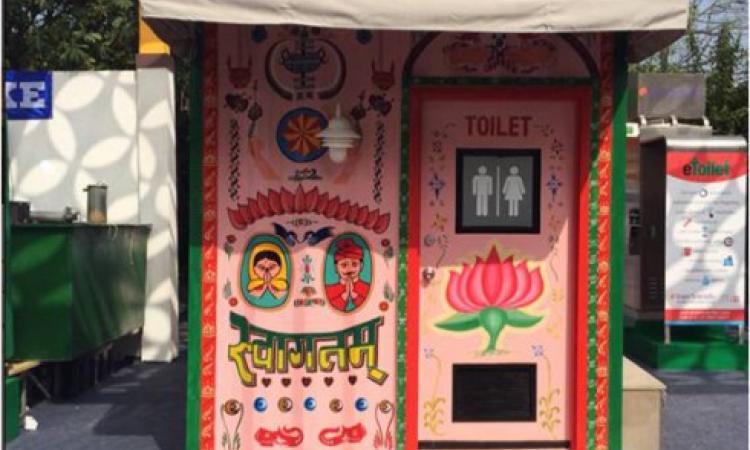
Mahatma Gandhi called out for everyone to be his own scavenger in the early decades of the 20th century. Nearly 100 years later, 2014 saw Prime Minister Narendra Modi articulate his vision for a clean India, through the Swachh Bharat Abhiyan.
Somewhere in between, in the late 60’s, a sociologist from Bihar set out on a categorical mission – to eliminate the inhuman practice of manual scavenging. He designed an ingenious way to dispose of human excreta without it having to be touched and removed manually. Keeping the cultural and environmental sensibilities in mind, a cost effective system was designed - the versatile two-pit pour flush toilet, popularly known as the ‘Sulabh Shauchalay’.
This simple invention not only changed the sanitation landscape of the country but also altered the existing social and cultural milieu. The architect, Dr. Bindeshwar Pathak, was seen as no less than a messiah by hundreds and thousands of those whose hands were sullied by the privileged classes for centuries.
Toilet as a tool for social change
Dr. Pathak is a staunch believer in the power of loo. Even today, armed with brooms and tin plates, manual scavengers clean out faeces from dry latrines in several parts of the country. Constructing sanitary toilets is the only way to uplift thousands of scavengers who have been cleaning up people’s refuse for generations.
The Prime Minister’s call to bring about a sanitation revolution could not have been timed better. Wet toilets sure will be the ‘mascots of civilization’ for the lakhs of faceless, nameless individuals still cleaning out other people’s shit.
Lead image courtesy: Bill & Melinda Gates Foundation - Reinvent the Toilet Challenge